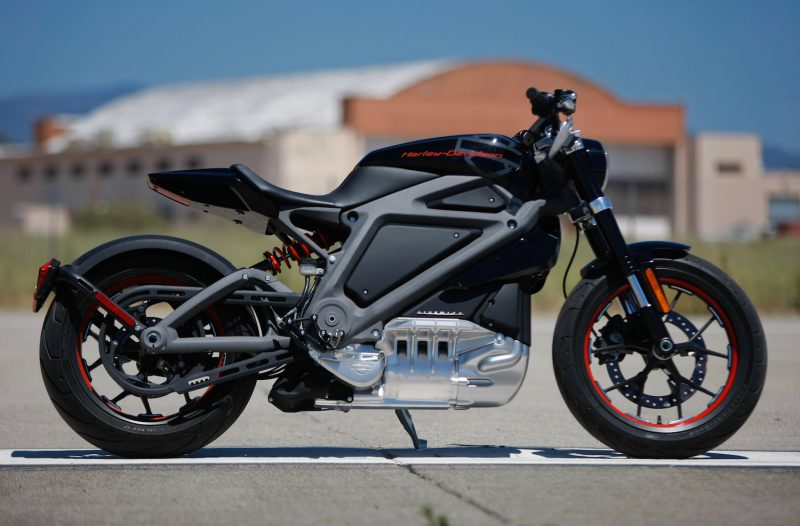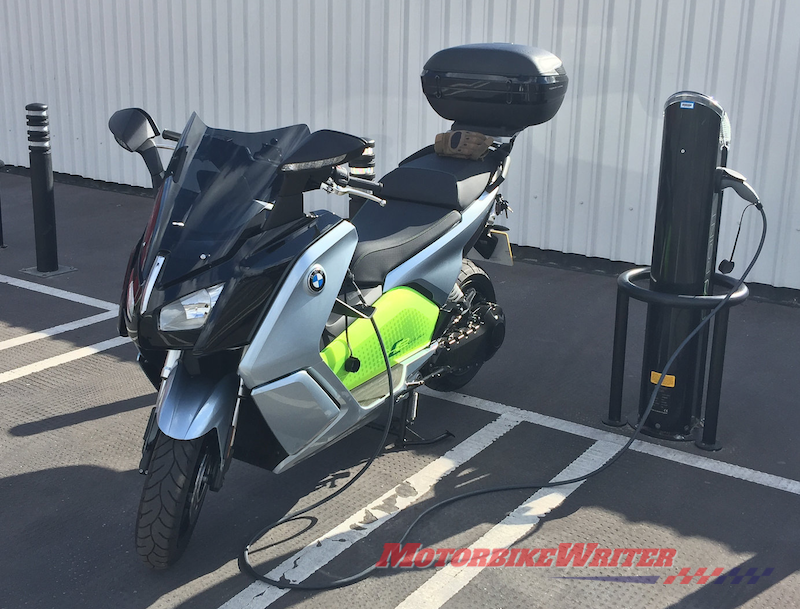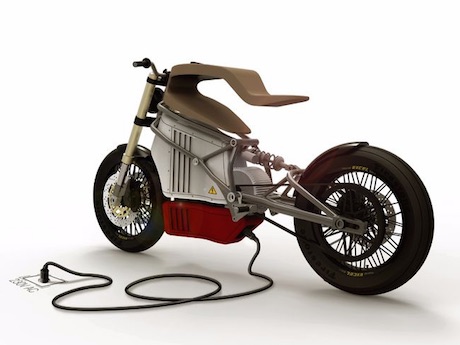If riders want to adopt the coming era of electric motorcycles they will have to develop a totally different mindset to how they ride and refuel.
Recent developments show electric motorcycles are coming … and coming fast! In fact, there is even an electric MotoGP series coming next year.
Harley-Davidson recently announced it will have an electric vehicle next year, possibly called the H-D Revelation, Indian-made Emflux ONE (pictured above) will be coming to Australia soon from about $12,000 and Zero claims almost 360km range.

But while more electric motorcycles are coming to market, prices are dropping and range is increasing, recharging times and battery life remain a mental hurdle for riders.
New mindset
However, electric cars have been around for a while now and researchers have found that drivers are changing their mindset to accommodate the slow recharge times.
They have found that EV owners don’t drive until the gauge shows empty, then head for a recharge station.
Instead, they get used to plugging in their vehicles when at home or work so they are always topped up whenever they head out.
Longer life
EV drivers are also finding that their lithium batteries are lasting longer than their stated “life” because of this constant top-up ritual.
Lithium batteries should last up to 1000 complete cycles, which means charging from totally flat to 100%.
However, because drivers are trickle charging and topping up whenever they have their car at home, the batteries are lasting much longer.
In fact, battery life can be increased to as much as 20,000 cycles if charged to only 80-90% and recharged only 10-20% at a time.
That might not seem like a lot, but it is enough for about 80-90km of driving, which is far more than the average daily commute.
Other factors that can prolong the life of a lithium battery is cool storage and operating temperatures.
Charge together
Meanwhile, EVenergi’s Charge Together public participation program has received $172,215 of Australian Government funding to encourage more EV buyers.
Charge Together will involve a social media and marketing campaign to identify prospective EV buyers, and undertake consumer research to help understand the barriers for uptake.
Participants will receive a home and EV monitoring system which will emulate the cost and logistics of owning, as well as charging and maintaining an electric vehicle.
With the data collected, Evenergi will build an online tool for consumers to model the influence of rooftop solar, home batteries and electricity tariffs on a decision to buy EVs.
Evenergi’s consumer research will inform a report for government and industry that will identify barriers, potential infrastructure hotspots and lay the groundwork for EV charging stations as uptake increases.
After the program was successfully trialled in the UK, the $349,573 program will be rolled out initially in South Australia. If successful, it could be expanded in other states.
The program will also show how EVs can work together with rooftop solar and battery storage to reduce the load on the grid, and will provide energy networks with insights into the impact of electric cars on the grid.
Evenergi founder and CEO Daniel Hilson says Evenergi will help accelerate electric vehicle adoption in Australia.




